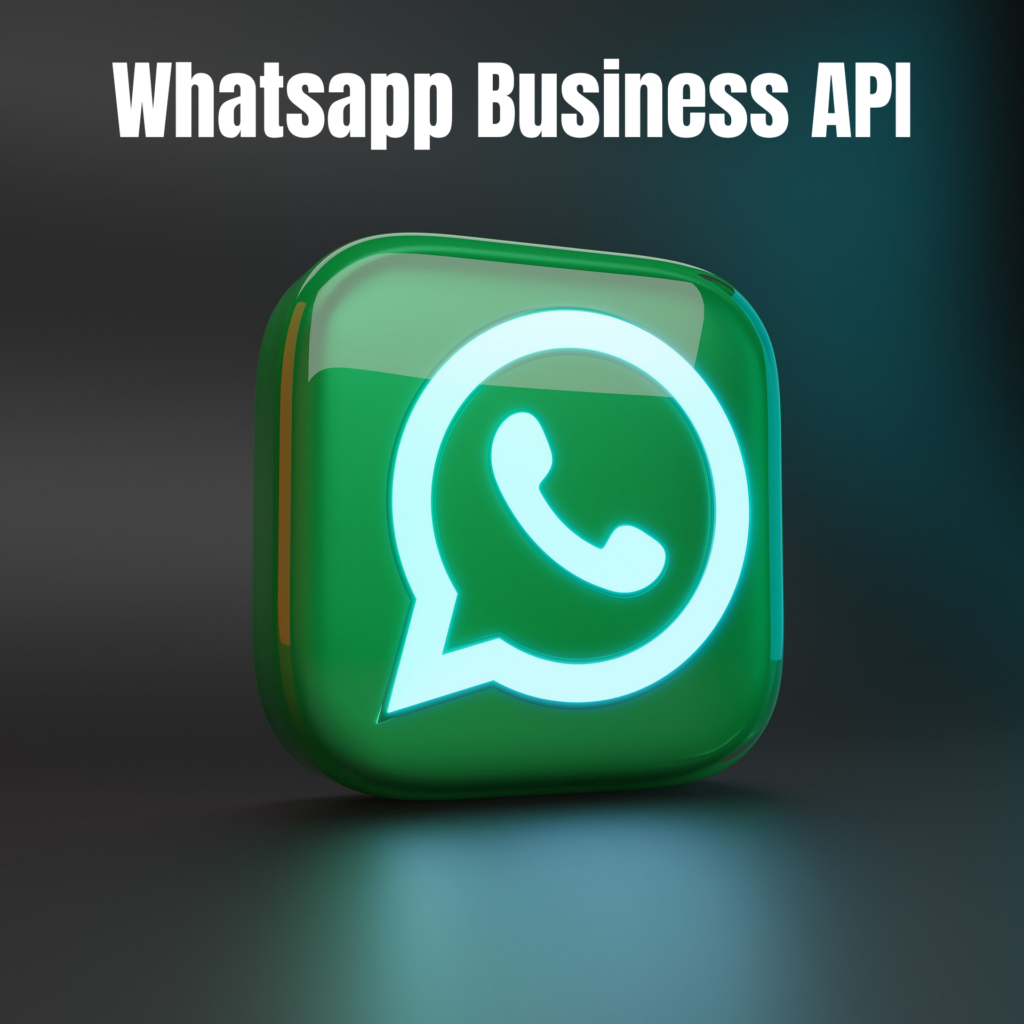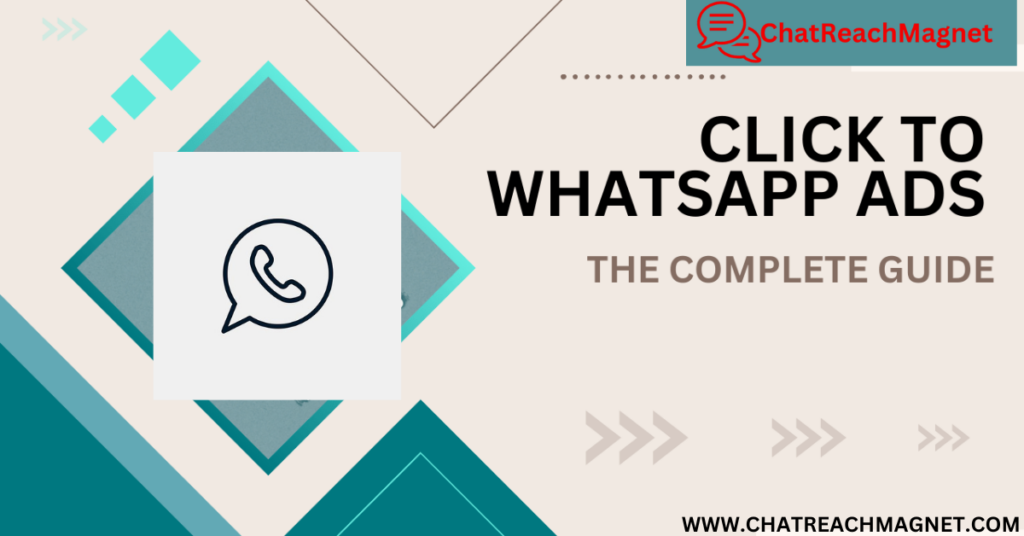WhatsApp Marketing: Complete Guide for Businesses (2025)
WhatsApp is out here rewriting the rules of business communication again, and this time, it is shaking up the entire digital marketing landscape. With over 2.8 billion users globally, the messaging giant has evolved far beyond just chats between friends and family.
In 2025, WhatsApp is redefining how brands connect with their audiences, turning simple conversations into powerful marketing opportunities. But here is where it gets wild—this is not your typical social media marketing play.
Forget the old model where brands blast out one-size-fits-all messages and hope for engagement. WhatsApp marketing is now all about real-time, personalised conversations that build genuine connections. It is not just about clicks or views; it is about meaningful interactions that drive action.
And with features like WhatsApp Business API, click-to-chat ads, and seamless CRM integrations, brands can engage prospects and close sales faster than ever. If you are ready to tap into the power of conversational marketing, buckle up—because WhatsApp is changing the game, and it is happening right now.
Introduction to WhatsApp Marketing

WhatsApp marketing is a form of digital marketing where businesses use the WhatsApp platform to communicate with customers.
It enables direct messaging, multimedia communication, and transactional interactions between a brand and its audience. Unlike email marketing, WhatsApp marketing is real-time, instant, and highly engaging.
In 2025, WhatsApp is not just a communication tool — it is an ecosystem with bots, automation, catalogues, payments, advertising, and CRM integrations that form a comprehensive marketing infrastructure.
Why WhatsApp Marketing Matters in 2025
a. Ubiquity and Penetration
Almost everyone with a smartphone uses WhatsApp. It’s available in over 180 countries and supports 60+ languages. This makes it one of the most accessible channels for marketing communication globally.
b. High Engagement Rates
WhatsApp messages boast a 98% open rate and a 45–60% click-through rate, far surpassing email and social media ads. It is a high-engagement platform where users are more likely to respond and take action.
c. Personalised, Conversational Marketing
Customers today value relationships over advertisements. WhatsApp enables brands to interact like a friend — using emojis, voice notes, images, and instant responses.
d. Cost-Effective and Scalable
WhatsApp Business tools are affordable for startups and scalable for enterprises using the WhatsApp Business API. This flexibility makes it ideal for businesses of all sizes.
Setting Up WhatsApp Business the Right Way
To start WhatsApp marketing, you must first choose between the WhatsApp Business App and the WhatsApp Business API:
- WhatsApp Business App: Ideal for small businesses and solopreneurs. Available for free on Android and iOS.
- WhatsApp Business API: Built for medium to large businesses. Offers automation, integrations, multi-agent support, and scalable messaging.
Steps to Set Up WhatsApp Business App
- Download the App from Google Play Store or Apple App Store.
- Register with a Business Phone Number (preferably separate from personal).
- Set Up Business Profile with logo, business hours, location, description, and website.
- Enable Automated Messages (greeting, away, quick replies).
- Create Product Catalogues if applicable.
- Start Promoting Your WhatsApp Number on websites, social media, and receipts.
Key Features of WhatsApp Business App
a. Business Profile
Gives customers quick access to vital business info.
b. Labels
Organise contacts and chats with labels like “New Lead”, “Follow-up”, “Paid”, “Pending”, etc.
c. Quick Replies
Save common messages and respond faster.
d. Automated Greetings
Welcome new customers instantly when they message you for the first time.
e. Away Messages
Respond even outside business hours.
f. Product Catalogue
Display services/products with prices, photos, and descriptions.
Understanding the WhatsApp Business API

For larger businesses, the WhatsApp API offers enterprise-grade features:
a. No App, No Interface
The API doesn’t come with an app. Instead, it’s integrated into CRM systems, helpdesk platforms, or third-party marketing tools.
b. Automation with Chatbots
Deploy AI or scripted bots for 24/7 customer interaction.
c. Multi-Agent Support
Allows multiple customer service reps to chat with customers simultaneously.
d. Bulk Messaging
Send updates, notifications, and promotions to thousands of users — with opt-in compliance.
e. Integration with Business Tools
Seamlessly connect with HubSpot, Salesforce, Shopify, Zapier, and more.
WhatsApp Channel Strategies That Work
a. Customer Support Channel
Provide fast, real-time support using templates, bots, and human agents.
b. Order Updates and Notifications
Send alerts, delivery confirmations, appointment reminders, and payment receipts.
c. Loyalty Campaigns
Offer reward points, exclusive offers, and birthday wishes via WhatsApp.
d. Lead Nurturing
Follow up on inquiries and educate prospects using content-rich messages.
e. Sales and Promotions
Launch flash sales, limited-time offers, and new product releases through WhatsApp.
WhatsApp Chatbots for Automation and Support
Chatbots on WhatsApp reduce the need for human intervention. They handle:
- FAQs
- Appointment bookings
- Product recommendations
- Order tracking
- Feedback collection
How to Create a WhatsApp Chatbot:
- Choose a bot platform (e.g., Twilio, Gupshup, WATI).
- Connect your WhatsApp Business API.
- Design conversational flows (welcome, menu, fallback).
- Add integrations (CRM, payment, order management).
- Test and deploy.
Best Content Types for WhatsApp Campaigns
a. Text Updates
Concise and clear promotional or transactional messages.
b. Images and Graphics
Product photos, banners, memes, or behind-the-scenes visuals.
c. Video Clips
Demo videos, customer testimonials, or offers in motion.
d. Voice Notes
Add a personal touch, especially for follow-ups.
e. Documents
Invoices, brochures, menus, price lists.
f. Interactive Messages
Buttons, quick replies, product listings, and mini-forms.
Building and Segmenting WhatsApp Contact Lists
a. Ethical List Building
- Use opt-in forms on your website.
- Offer lead magnets in exchange for WhatsApp contact.
- Promote QR codes at events and shops.
b. Contact Segmentation
Segment based on:
- Purchase behaviour
- Engagement level
- Geography
- Customer lifecycle stage
Use these segments to send relevant, personalised campaigns.
WhatsApp Click-to-Chat Ads: A Lead Magnet

Click-to-Chat ads on Facebook and Instagram allow users to initiate a WhatsApp chat with your brand by clicking an ad.
Benefits:
- Lower friction in the customer journey
- Direct lead generation
- Retargeting made easier
Best Practices:
- Craft an irresistible offer.
- Use attention-grabbing creatives.
- Pre-fill greeting message to guide the conversation.
Broadcast Messaging vs. One-to-One Conversations
a. Broadcast Messaging
Great for sending the same message to multiple users. Requires contacts to have your number saved. Ideal for updates and campaigns.
b. One-to-One Conversations
Best for support, order processing, and personalised service. Feels more human and trustworthy.
Pro Tip:
Use both strategically — broadcast to inform, one-to-one to convert.
Compliance, Opt-ins, and Data Privacy in 2025
WhatsApp has strict guidelines for business messaging.
a. Mandatory Opt-Ins
You must receive explicit permission before sending promotional content.
b. Template Approval
Use approved message templates for initiating conversations.
c. Privacy & GDPR Compliance
Store and manage user data responsibly. Provide options to opt out anytime.
Tracking and Analysing Campaign Performance
Success in WhatsApp marketing depends on data. Track:
- Open rates
- Response rates
- Click-through rates
- Delivery status
- Conversion metrics
Use dashboards from your API provider or integrate analytics with tools like Google Looker Studio.
Integrating WhatsApp with CRM and Other Tools
Integrations streamline your marketing operations:
- CRM (HubSpot, Zoho, Salesforce)
- E-commerce (Shopify, WooCommerce)
- Email Marketing Tools (Mailchimp, ConvertKit)
- Analytics (Google Analytics, Facebook Pixel)
- Helpdesk (Zendesk, Freshdesk)
These integrations create a seamless customer journey and enable omnichannel marketing.
15. Common Mistakes to Avoid
- Spamming users without opt-in
- Using personal WhatsApp for business
- Sending long blocks of text
- Ignoring user responses
- Failing to segment your audience
- Over-relying on automation
Avoiding these errors ensures higher trust and engagement.
Future Trends in WhatsApp Marketing
a. AI-Driven Chatbots
Smarter bots will handle complex queries and sales closing.
b. WhatsApp Commerce
In-app payments and checkouts will simplify transactions.
c. Voice Commerce
Voice-based ordering and assistance will be more mainstream.
d. Deeper CRM Integration
Customer profiles, histories, and behaviour will influence message targeting.
e. Cross-Platform Marketing
Seamless transition from Facebook Ads to WhatsApp and back to Instagram.
Conclusion
In 2025, WhatsApp marketing is not optional — it is essential. Brands that embrace conversational marketing, automation, personalisation, and compliance will dominate their markets.
Start small, scale smart, and stay human. Leverage the features, test strategies, automate where possible, but never forget the value of authentic connections.

